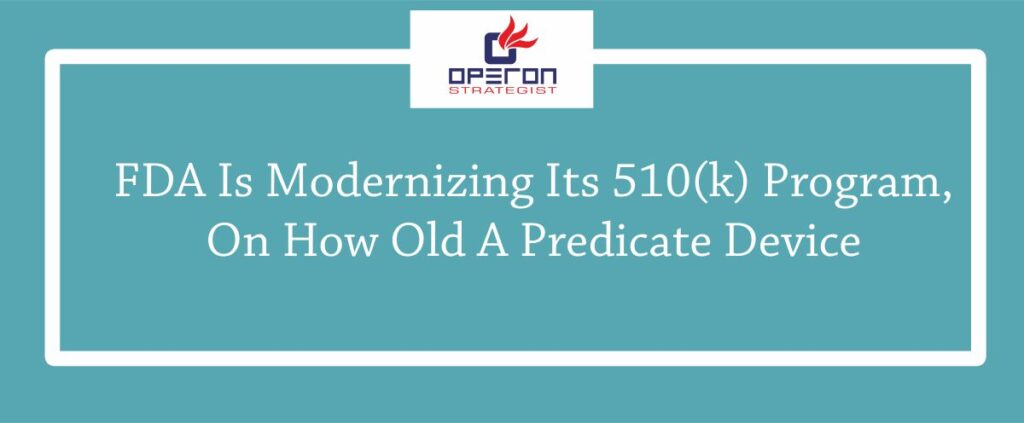Overview: How to Launch Medical Devices to the Market
Bringing a medical device to the market is a rigorous process that involves navigating complex regulatory frameworks. In particular, launching medical devices in the European Union (EU) and the United States (US) presents unique challenges and opportunities for manufacturers. Understanding the differences between these two major markets is crucial for successful market entry. In this blog, we’ll explore the key differences in launching medical devices in the EU versus the US.
Get All-in-one Turnkey Project Consulting Services for your medical device launch.
Looking for a Medical Device Regulatory Consultant?
Introduction to the EU and the US Medical Device Market
The EU medical device market is diverse and strictly regulated by the European Medicines Agency (EMA) and the Medical Device Regulation (MDR). It offers a wide range of products and prioritizes patient safety and quality. Key growth drivers include innovation, an aging population, and rising healthcare spending. The market fosters competition, prompting companies to innovate for improved patient care.
The US medical device market is globally significant, offering a wide range of products that meet stringent FDA regulations for safety and efficacy. Technological advancements, an aging population, and rising chronic diseases drive market growth, while competition spurs continual innovation to enhance patient outcomes.
Consideration of Choosing the First Medical Device Market to Enter
Choosing the first market to enter as a medical device manufacturer involves weighing several factors. Here’s a concise breakdown of key considerations for entering the European Union (EU) or the United States (US):
- Regulatory Environment:
– EU: Governed by the Medical Device Regulation (MDR), requiring CE marking.
– US: The US FDA oversees regulations under the Federal Food, Drug, and Cosmetic Act, including premarket notification (FDA 510(k)), premarket approval (PMA), and other pathways.
- Market Size and Growth Potential:
– US: Largest global market with high healthcare spending and demand for innovation.
– EU: Diverse market with over 450 million people, offering substantial growth potential.
- Market Access and Entry Barriers:
– EU: A single regulatory framework streamlines access but obtaining CE marking can be time-consuming.
– US: The FDA clearance or approval process can be lengthy and rigorous.
- Competitive Landscape and Market Dynamics:
– US: Highly competitive with established players and startups; differentiation crucial.
– EU: Competitive mix of companies; understanding market dynamics essential.
Regulatory Frameworks as per Medical Device Market
European Union (EU):
- The EU operates under the Medical Device Regulation (MDR) framework, which replaced the previous Medical Device Directive (MDD) in May 2021. The MDR aims to enhance patient safety and streamline the regulatory process for medical devices.
- Under the MDR, medical devices are classified into four risk categories: Class I, IIa, IIb, and III, based on their intended use and potential risks.
- Manufacturers must obtain CE marking, indicating conformity with EU regulations, before placing their devices on the market.
- The MDR emphasizes post-market surveillance and increased transparency, requiring manufacturers to provide more comprehensive clinical data and undergo stricter conformity assessments.
United States (US):
- In the US, medical devices are regulated by the Food and Drug Administration (FDA) under the Federal Food, Drug, and Cosmetic Act (FD&C Act) and the Medical Device Regulation Act (MDRA).
- The FDA classifies medical devices into three categories: Class I, II, and III, based on risk and level of regulatory control.
- Most Class I devices are exempt from premarket notification (FDA 510(k)) or premarket approval (PMA) requirements, while Class II and III devices typically require FDA clearance or approval before marketing.
- The FDA emphasizes a risk-based approach, focusing regulatory scrutiny on higher-risk devices while facilitating expedited pathways for innovative technologies through programs like the Breakthrough Devices Program and the De Novo pathway.
Key Differences
- Regulatory Pathways:
– EU’s CE marking process: centralized and predictable.
– FDA’s pathways: variable and complex, especially PMA for Class III devices.
- Clinical Evidence Requirements:
– MDR emphasizes robust clinical data, including PMCF studies.
– The FDA accepts well-designed trials or real-world evidence for higher-risk devices.
- Market Access and Timelines:
– The CE marking process in the EU can be time-consuming.
– The FDA offers expedited review pathways like Priority Review and Breakthrough Devices Program in the US.
Globalize Your Medical Device: Seamlessly Launch Anywhere with Operon Strategist's Expertise!
Operon Strategist plays a pivotal role in guiding medical device manufacturers through the complexities of launching their products in the EU and US markets. With their regulatory expertise, strategic planning capabilities, and commitment to streamlining market access, Operon Strategist empowers clients to navigate regulatory hurdles with confidence and achieve successful market entry.

-
Operon Strategisthttps://operonstrategist.com/author/snehal/
-
Operon Strategisthttps://operonstrategist.com/author/snehal/
-
Operon Strategisthttps://operonstrategist.com/author/snehal/
-
Operon Strategisthttps://operonstrategist.com/author/snehal/




